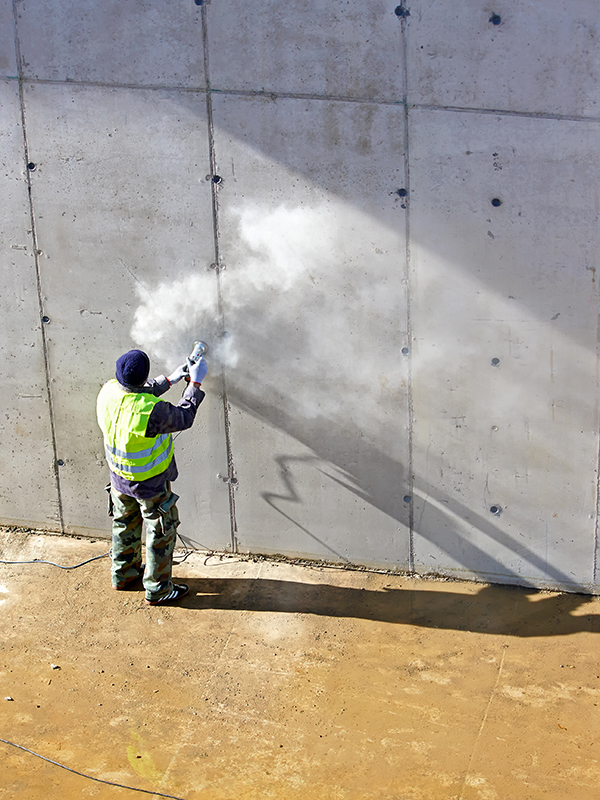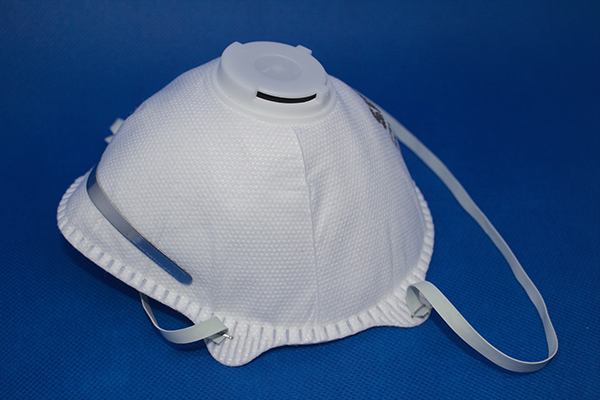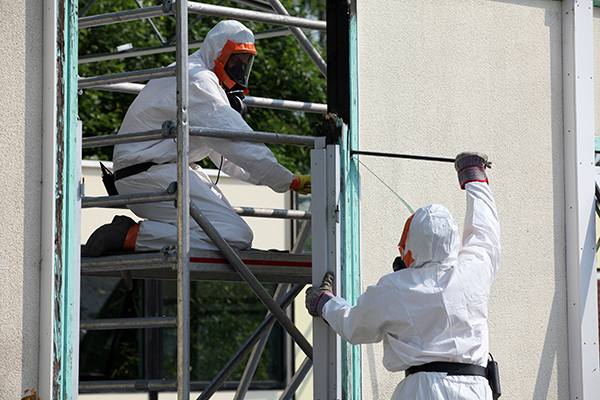Dangers of Working with Silica Dust

The Silent Threat: Unveiling the Dangers of Working with Silica Dust
The Hazards of Silica Dust
Silicosis:
Prolonged exposure to silica dust can cause silicosis, a debilitating and potentially fatal lung disease. Silicosis occurs when inhaled silica particles accumulate in the lungs, leading to inflammation and scarring of lung tissue. Symptoms may include shortness of breath, coughing, fatigue, and chest pain. Severe cases of silicosis can result in respiratory failure and an increased risk of lung infections.
Lung Cancer:Exposure to silica dust has been linked to an increased risk of developing lung cancer. The International Agency for Research on Cancer (IARC) classifies crystalline silica as a Group 1 carcinogen, indicating that it is a known human carcinogen.
Chronic Obstructive Pulmonary Disease (COPD):Prolonged exposure to silica dust can contribute to the development of chronic obstructive pulmonary disease, a progressive lung condition that obstructs airflow and impairs breathing. COPD symptoms include coughing, wheezing, shortness of breath, and chest tightness.
Tuberculosis (TB):Silica dust exposure weakens the immune system’s ability to fight infections, making individuals more susceptible to tuberculosis (TB). Silica-exposed workers who contract TB may experience more severe and rapidly progressing symptoms compared to non-exposed individuals.

Preventing Silica Dust Exposure


Engineering Controls:
Implementing engineering controls is crucial to minimize silica dust exposure. These controls include using wet methods or local exhaust ventilation to suppress dust generation at the source. Enclosed systems, such as vacuum systems or water sprays, can effectively capture and contain the dust.
Personal Protective Equipment (PPE):
In situations where engineering controls are insufficient, employers should provide appropriate PPE to workers. Respiratory protection, such as N95 or P2 respirators or powered air-purifying respirators (PAPRs), can help filter out silica dust and prevent inhalation.
Work Practices and Training:
Employers should establish safe work practices and provide comprehensive training on the hazards of silica dust exposure. This includes proper handling and use of equipment, effective dust control measures, and regular equipment maintenance. Workers should be educated on the importance of personal hygiene, such as avoiding eating, drinking, or smoking in dusty areas.
Medical Surveillance:
Implementing a medical surveillance program can help identify and monitor early signs of silica-related diseases in exposed workers. Regular health check-ups and lung function tests can aid in detecting any adverse effects and allow for timely intervention.
All of these controls should be considered when preparing a Safe Work Method Statement (SWMS) for working with silica or silica containing products.

